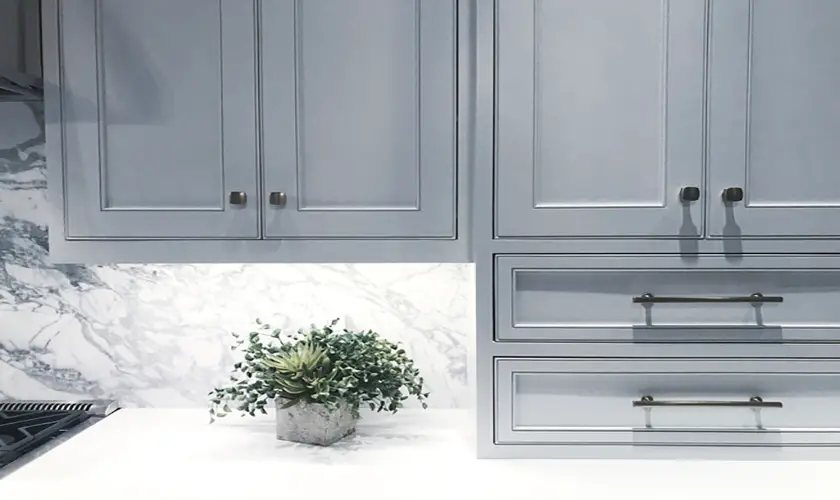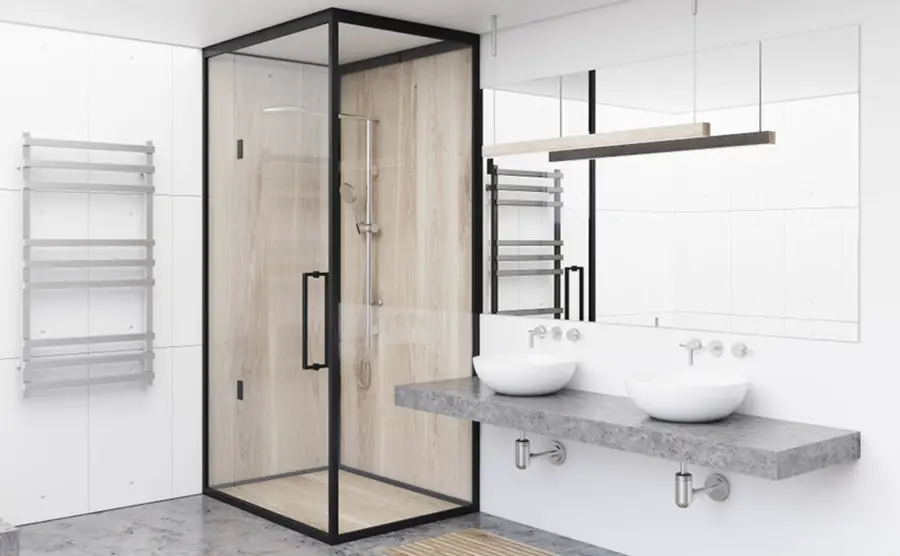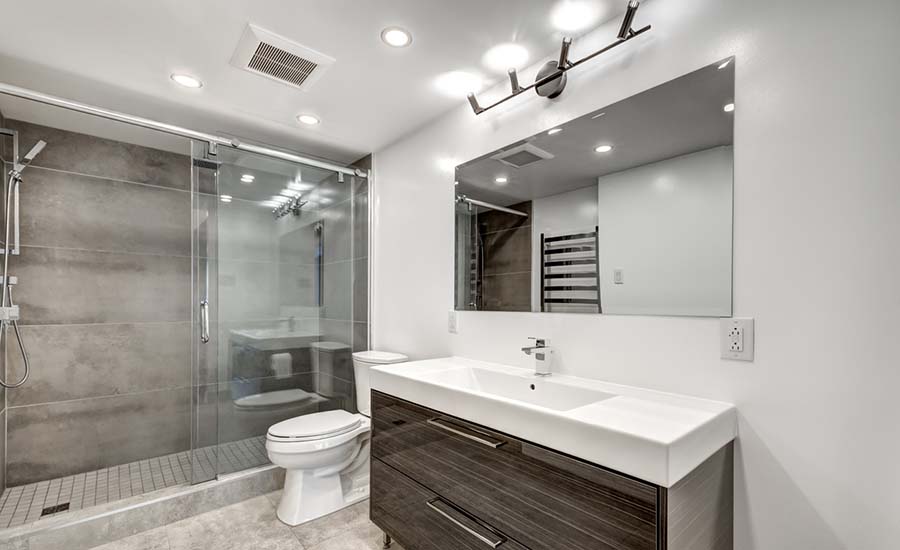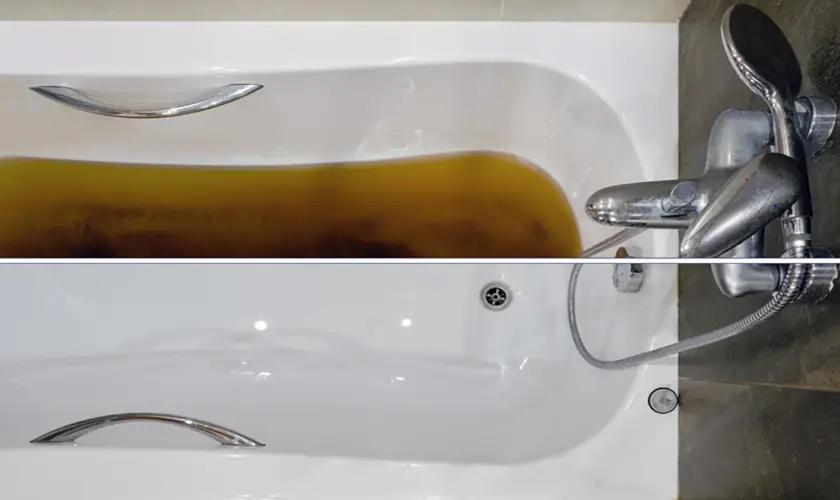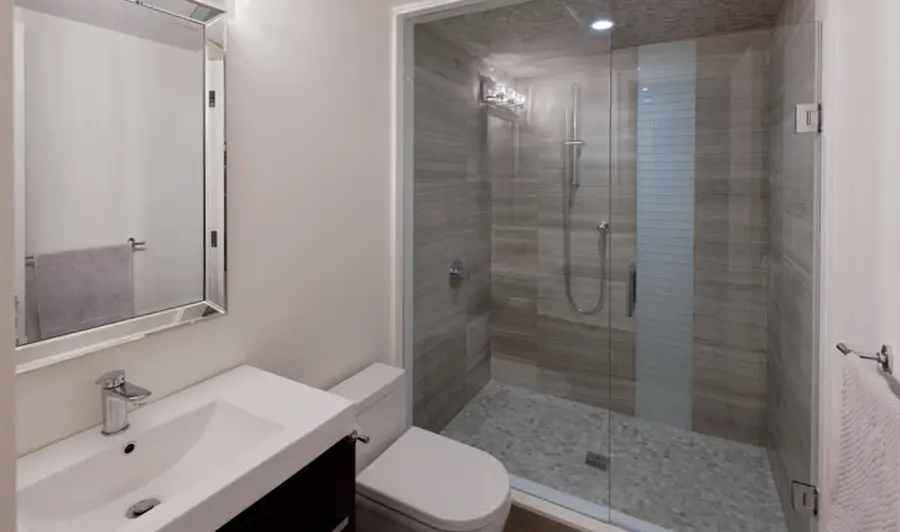During the best times, your toilet is one of your home’s most reliable plumbing fixtures. Toilets are simple and typically operate smoothly. During the worst times, your toilet randomly decides it doesn’t feel like flushing. The toilet is not clogged, so why doesn’t it flush?
Many things can cause your toilet not to flush, even if it isn’t clogged. There are several possible problems with your toilet: the siphon valve, drain flapper, drainage, clogged rim holes, low water flow, or a damaged fill valve.
Regardless of why your toilet isn’t flushing, you must figure things out to get your toilet working again. A clogged toilet is inconvenient, but a bathroom that looks normal but isn’t working is even more confusing. You’ve come to the right place if you’re at your wit’s end with your toilet.

Toilet Won’t Flush But Not Clogged
If your toilet won’t flush but is not clogged, the issue may be with the flapper valve or the water level in the tank. Check the flapper for any damage or debris and adjust the water level if necessary. Using a plunger or seeking professional help may also solve the problem.
Common Reasons Toilet Won’t Flush Not Clogged
Why won’t my toilet flush, but it isn’t clogged? If your toilet isn’t clogged, the issue may lie deeper in the main drain line. Contacting a professional plumber equipped with a sewer scope camera is advisable to pinpoint and remove the blockage.
Before calling a plumber, you can check a few things. Some problems are quick fixes, but others require in-depth detective work.
1. Your Siphon Jet or Rim Holes are Clogged
The first and most common reason an unclogged toilet doesn’t flush is problems with the siphon jet or rim holes. The siphon jet is a small hole in your toilet. It’s across from the big drain where water and waste go when flushed. When you push your toilet handle to flush, water shoots out of the siphon jet and flushes.
Rim or inlet holes are the tiny holes at the top of the toilet underneath the rim. In toilets with siphon valves, the rim holes only help with rinsing. Certain toilets lack siphon valves and rely on rim holes to fill with water and flush.
If you live in an area without a water softener, hard water can clog your toilet’s rim holes or siphon jets. When this happens, the water supply pipe cannot get water into the toilet bowl, so you won’t be able to flush. Ensure the toilet is not clogged before troubleshooting further.
How to Fix
Unclogging siphon holes or rim holes is easier than unclogging the toilet. Here’s what you’ll need and how it works. Let’s start with your supplies.
- White vinegar
- Cleaning or protective gloves
- Toilet plunger
- Small wrench
- Once you’ve gathered your supplies, you’re ready to start the unclogging process.
- Start by locating the siphon jet at the bottom of your toilet.
- Cover your finger with a glove and use it to poke the siphon hole, removing any mineral buildup present. If a visible buildup breaks free, this is most likely the source of your problem.
- Continue poking around to get rid of all the buildup that you can.
- Use a shop vac, sponge, bucket, or another method to get as much standing toilet water out of the bowl as possible.
- Remove the toilet tank lid and locate the overflow tube, the circular tube with a tiny hose running into it.
- Pour two cups of white vinegar and baking soda into the overflow tube. The vinegar and baking soda will go to the bowl’s bottom.
- Let the ingredients sit for three to ten hours to absorb calcium and mineral deposits in the holes.
- Flush the toilet and see if the problem gets resolved. You may also need an Allen wrench to poke around the rim holes and free any deposits.
- To keep this problem from recurring, you should install a water softener system in your home. To save money, regularly pour a mixture of vinegar and baking soda into your overflow tube.
Toilet Water Won’t Go Down Not Clogged
Let’s check the parts inside the toilet tank. There might be an issue with the flushing mechanism or water supply. Check the flapper valve, fill valve, or flush handle for any problems. If everything seems fine, it’s best to call a professional plumber to diagnose and fix the issue.
2. Toilet Tank Doesn’t Have Enough Water
While everyone can look in their toilet tank or bowl and see water, most people don’t realize what it’s there for. Modern gravity toilets need water to flush, and a good deal of it. If the toilet tank doesn’t receive enough water, it won’t flush because the bowl lacks water.
To check if your tank has enough water, see how far below the overflow tube it is. The water’s top should be one-half to one inch below the top of the tube. If the water in your toilet tank is low, that might be why it won’t flush.
How to Fix
If you’re sure you don’t have enough water in your tank or the toilet is not clogged, here’s what you need to do.
Remove the tank lid and visually examine the water levels. You’ll have to raise them if they’re low according to the abovementioned standards. A temporary and easy fix is to take a jug of water and pour some into the tank until the levels are high enough. However, a permanent fix is what you need.
- Remove the lid of the top of the tank and check the water levels. Check if you have a float ball or a float cup. The float ball is big and easy to spot, while the float cup is smaller and attached to the side of the fill valve.
- If you have a float ball, you’ll notice that the balloon portion connects to the fill valve via a lever.
- Follow the lever back to the screw, attaching it to the fill valve.
- Turn the screw clockwise to adjust the lever and raise the water levels to the appropriate depth.
- If you have a float cap, you should also have a long plastic screw attached to the side of the fill valve.
- You can use a Phillips screwdriver to turn the screw clockwise. This will raise the water levels in the tank to your desired height.
- After completing these steps, flush the toilet a few times to check for low water levels or clogs.
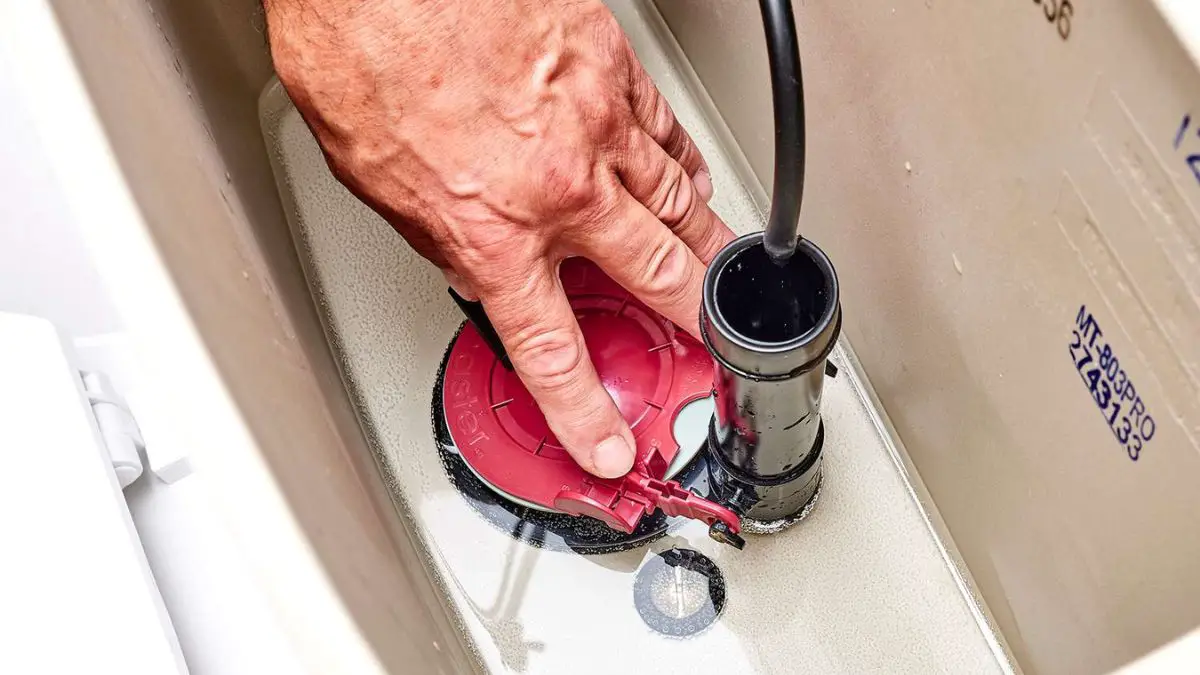
3. You Have a Damaged Toilet Flapper
While having a humorous name, your toilet flapper is one of the most critical components of a working toilet. A damaged toilet flapper also happens to be a common issue with toilets. When you push the flushing lever and flush your toilet, a chain attaches to the lever inside the toilet tank.
The other end of the chain connects to the toilet flapper underwater at the bottom of the toilet tank. When you push the flush handle, the chain lifts the flapper. This lets water flow into the flush tube, so the toilet flushes correctly, even if it’s not clogged.
When you release the lever, the flapper falls back down, forming a tight seal around the flush tube or gasket. If the flapper gets bent, twisted, or damaged, it won’t be able to create a perfect seal around the flush tube. If the seal is imperfect, water will keep dripping or flowing through the flush tube, causing a constant drain on your toilet.
A toilet tank not filling will likely be low on water, resulting in the same problem we examined above.
How to Fix
While replacing a busted toilet flapper is inconvenient, it’s surprisingly easy, especially if the toilet is not clogged. Here’s how the process works.
- Remove the tank lid and set it aside so that you can see what’s going on.
- Turn off the water supply to the toilet by shutting off the valve below and behind the toilet.
- If you can, flush the toilet to remove excess water in the tank.
- Unhook the end of the flapper chain connected to the flapper’s handle arm. Leave the other end attached to the flushing handle inside the toilet.
- Disconnect the flapper ears or levers attached to either side of the flush valve at the bottom of the overflow tube.
- Remove the old flapper and set the new flapper in place. Attach the ears to the flush valve and reconnect the chain to the handle arm.
- Turn the water supply on and let the tank fill with water.
- Listen to running water leaking from the tank into the bowl.
- Perform a successful flush to make sure the problem is solved.
Your rubber flapper may be dirty or mineral coated, causing problems even if the toilet isn’t clogged. You can clean it using vinegar and baking soda. If the flapper valve has visual bends, twists, or corrosion, you’re better off replacing it.
4. Your Lift Chain is Slack or Disconnected
If you push the toilet handle and it feels easy to push, your lift chain might be damaged. On new toilets, lift chains get adjusted to the perfect tightness. Over time, the chain can become slack and can’t lift the toilet flapper enough to let water into the flush tube.
If you feel nothing when you try to flush, the chain is no longer connected to the toilet lever or the flapper. No matter what, if the flapper doesn’t lift, water can’t enter the toilet bowl. This stops the flushing process, even if the toilet is not clogged.
How to Fix
- Lift the lid on the toilet tank and visually examine the lift chain.
- Reconnect it to whichever side it comes loose from if it’s disconnected.
- Check if the toilet is connected. Flush it and see if the flapper rises to release water.
- You must tighten the chain to remove the slack if the flapper doesn’t raise or barely lifts.
- Remove the chain from the toilet lever and tighten it accordingly.
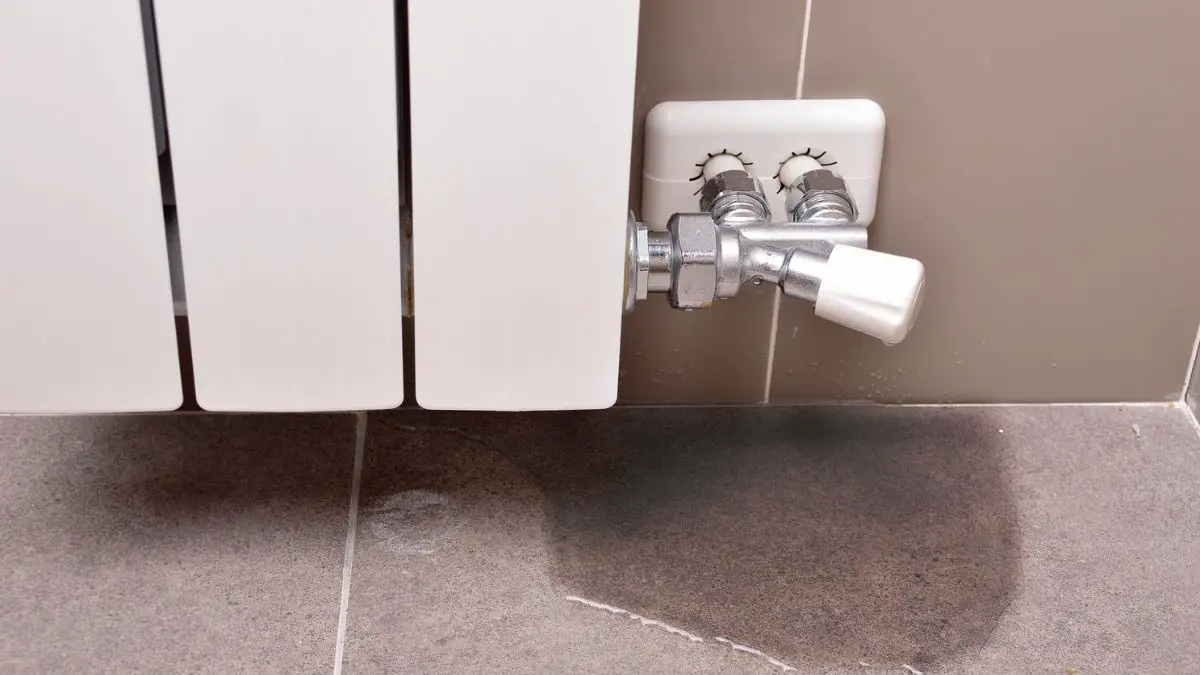
5. Your Drain Line has a Partial Clog or was Incorrectly Installed.
The problems we’ve looked at so far are relatively easy to solve. You may have toilet problems if the drain line is not installed correctly or with proper materials. Install toilet drains with enough slope to ensure water and waste drain correctly.
If you have an older home, there’s a good chance that your plumbing system has cast iron pipes. While they were great in the old days, cast iron pipes tend to decompose from the inside out.
As a result, they tend to snag toilet paper or paper towels during the flushing process. Snags are especially possible if you tend to use too much toilet paper.
If you have cast iron pipes or your plumber doesn’t install them correctly, your toilet will clog frequently and easily. You’re also more likely to have a bunch of partial clogs or clogs you can’t see.
Your main sewer line may have tree roots that partially block it, causing issues even if the toilet isn’t clogged. Once tree roots penetrate the sewer pipe, it’s only a matter of time before it becomes fully clogged.
How to Fix
If your toilet isn’t flushing and it doesn’t seem clogged, the most likely reason is improper installation. If you can’t replace your drainage system, fix clogs as they happen and hope for the best. Thousands of homes nationwide deal with this issue, which means it’s at least manageable, and here’s how.
- The best way to start is with a toilet plunger and do your best to unplug a toilet even if it doesn’t appear clogged.
- If the plunger doesn’t work, move on to a toilet auger to enter the drain pipes and loosen a hidden clog.
- Use less toilet paper when you flush. Never flush tampons, paper towels, or other objects.
Toilet Not Clogged & Won’t Flush FAQs
Why is my toilet not flushing but no clog?
Several issues could be to blame if your toilet isn’t flushing and there’s no visible clog. Check the tank’s flapper, chain, and water level, as problems might hinder proper flushing. Minerals can clog the rim holes and weaken flushing power. A faulty fill valve or blocked vent pipe can also disrupt flushing.
How do you know if your toilet isn’t clogged?
To check for a toilet clog, observe flush behavior. Rising water without proper drainage indicates a blockage. Low water levels post-flush can also suggest a partial clog.
Will installing a new toilet fix my problems?
Some problems get fixed when you install a new toilet. If you have a flawed plumbing system, the latest and best toilet in the world won’t be able to help you.
What’s the most common reason that an unclogged toilet won’t flush?
Your toilet may not flush because of a broken flapper, clogged holes, or low water.
Can I fix a toilet that doesn’t flush by myself?
Installing a new toilet or plumbing system will likely require a professional plumber. You can fix most problems with the repair methods you looked at above.
My toilet won’t flush and its not clogged?
If a toilet won’t flush and it’s not clogged, there could be a problem with the flush valve or the lift chain. This may cause a weak or no flush. To fix the problem, check these parts and make sure they are in good shape. Consulting a plumber may be necessary for further help.
How to fix a plugged toilet?
To fix a plugged toilet, use a plunger to create pressure and dislodge the clog. If that doesn’t work, use a toilet auger or a wire coat hanger to break up the obstruction. Before fixing a toilet that won’t flush, wearing gloves and using a bucket to remove extra water is a good idea. Consulting a plumber may be necessary for further help.
Why won’t my toilet flush if it’s not clogged?
If the toilet is not clogged, you may have a deep clog in the main drain line. You must contact a professional plumber using a sewer scope camera to locate and remove the clog.
Final Thoughts
Toilets are important plumbing appliances in your home. You usually don’t think about them unless they stop working. Your toilet may not flush due to various issues, even though it’s easy to maintain. Clogs are the easiest and most obvious, but far from the only reason.
To fix your flushing problems, check for clogged toilets and diagnose other issues individually.



